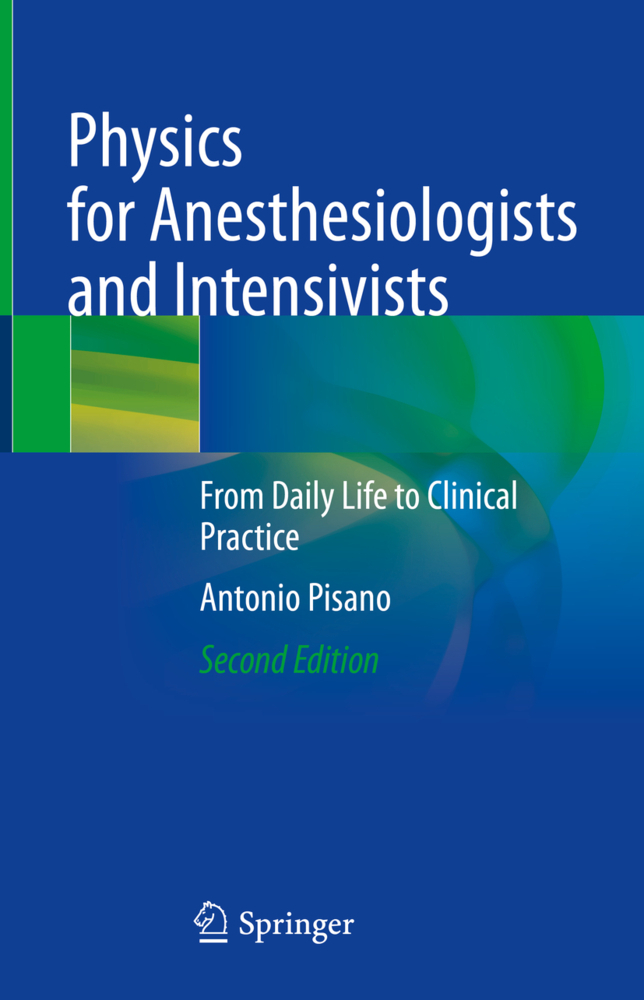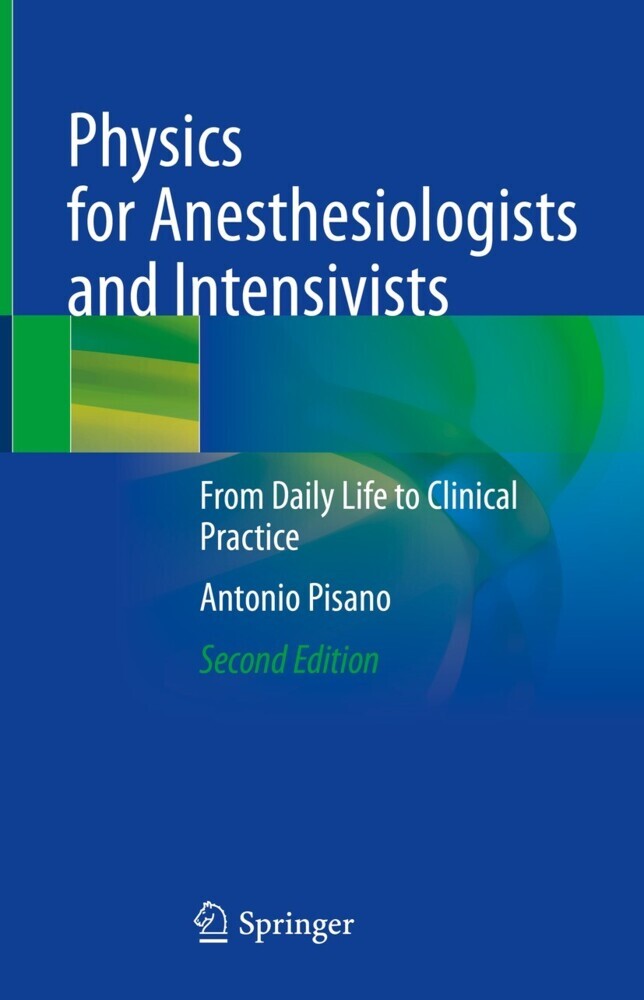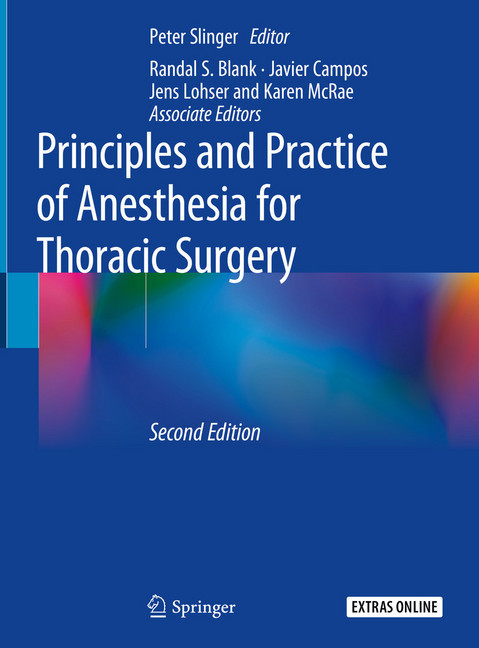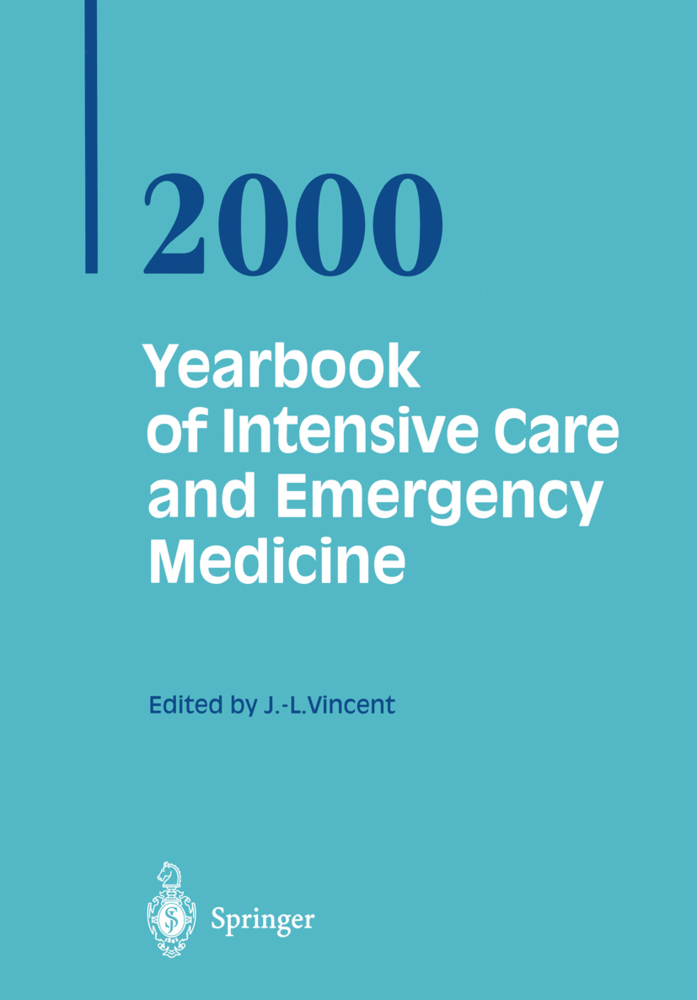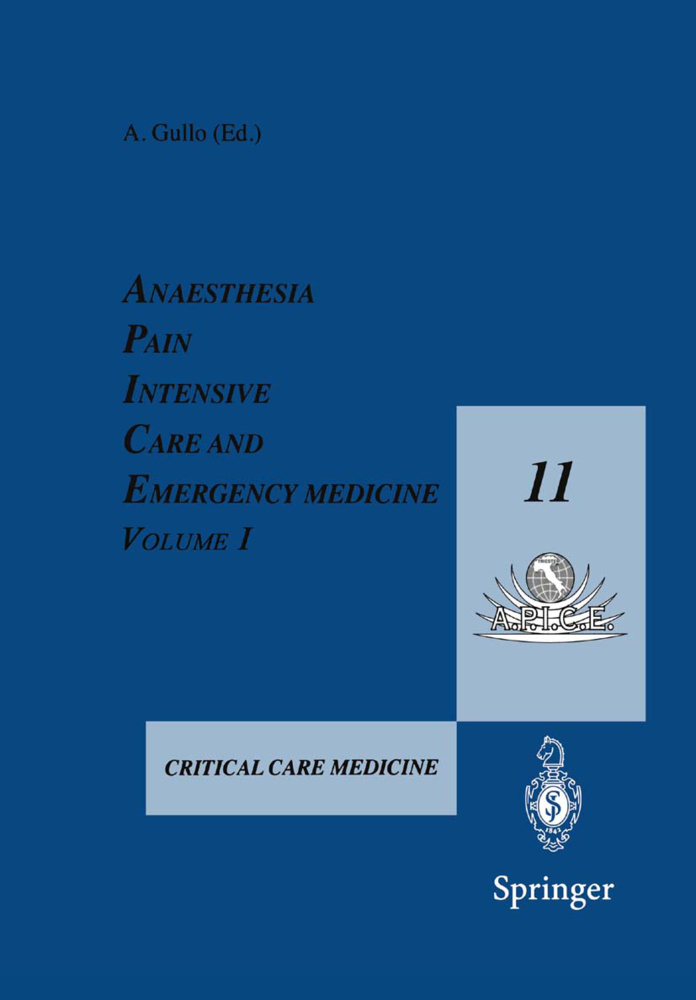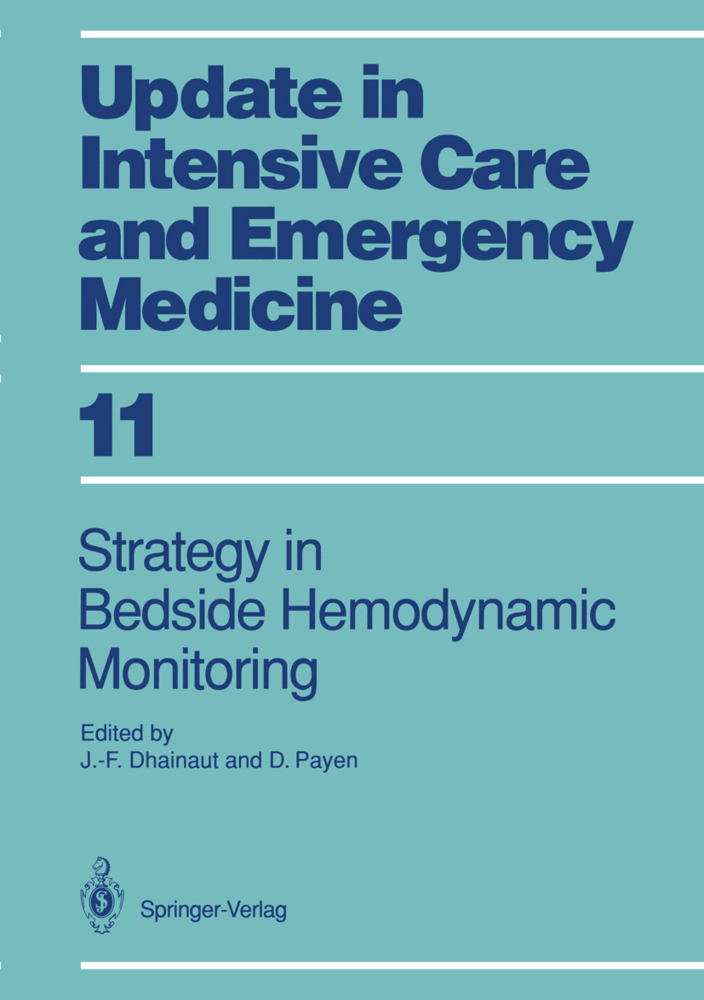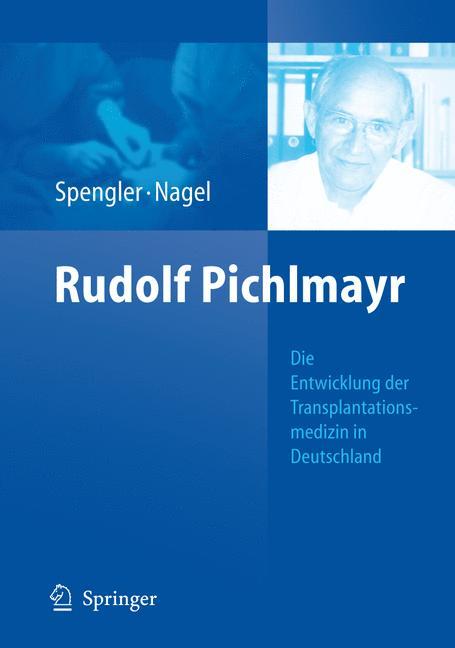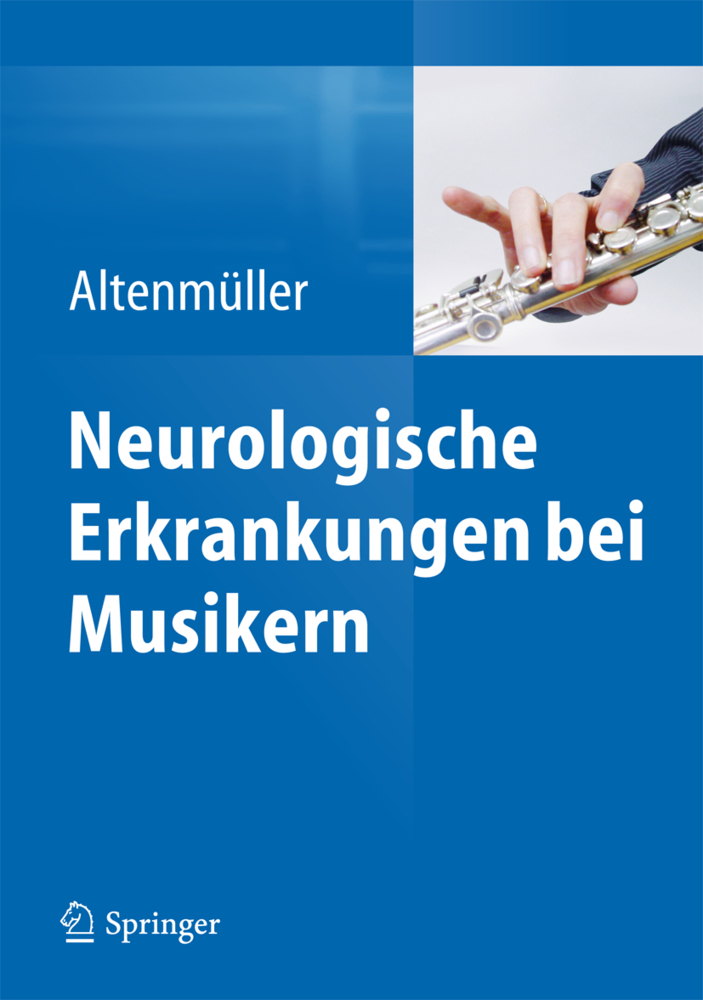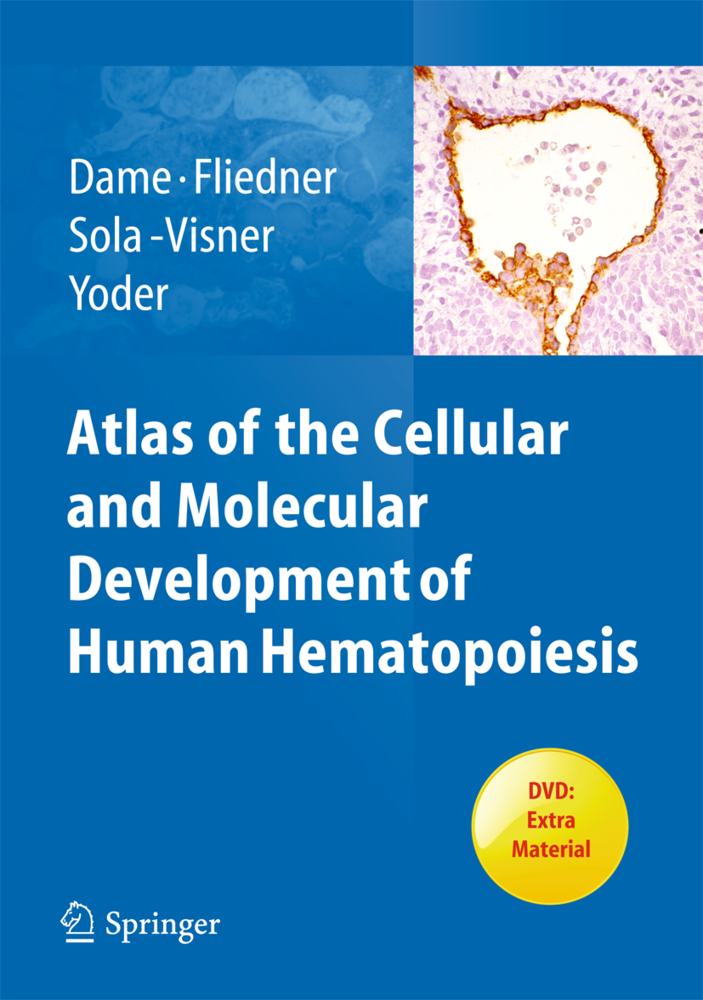Physics for Anesthesiologists and Intensivists
Physics for Anesthesiologists and Intensivists
This book, now in its 2nd edition, discusses, explains and provides detailed, up-to-date information on physics applied to clinical practice in anesthesiology and critical care medicine, with the aid of simple examples from daily life. Almost everything that happens around us, including in the operating room and intensive care units, can be explained by physical laws. An awareness and understanding of relatively simple laws such as the Hagen-Poiseuille equation, or of slightly more complex topics such as harmonic motion and electromagnetism, to name just a few, offer anesthesiologists and intensivists fascinating insights into why they do what they do.
After an introductory chapter that brushes up on all the (few) mathematics the reader will need to face the book, with many practical examples and clinical applications, each of the following 20 chapters deals with some everyday phenomena, explains them with one or more physical laws, and shows why these laws are important in anesthesia and critical care practice. Many illustrations are included for extra clarity.
This enriched and updated edition of Physics for Anesthesiologists is intended for anesthesiologists, intensivists, anesthesia and intensive care medicine teachers and trainees, as well as medical students.
<p>Preface
Preface to the first editionPart I. Let's start
A little math we will need... and a clinical application immediately
Part II. Gases, bubbles and surroundings
Perfect coffee and oxygen cylinders: the ideal gas law
Boats, balloons, and air bubbles: Archimedes' principle
Air bubbles in the blood sample: better or worse oxygenation? Dalton's law and Fick's law
Cold, sparkling drinks, and blood gas analysis: Henry's law
Bubbles, tracheal tube cuffs, and reservoir bags: surface tension and Laplace's law
Part III. Fluids in motion or at rest: masks, tubes, invasive pressure measurement, and hemodynamics
Continuity equation and Bernoulli's theorem: Venturi masks, Hemodynamic instability, and Echocardiography
From tubes and catheters to the basis of hemodynamics: the Hagen-Poiseuille equation
Toothpaste, sea deeps, and invasive pressure monitoring: Stevin's law and Pascal's principle
Part IV. Heat, temperature, and electric current: hemodynamic monitoring and more
Heat, cardiac output, and what is the future: laws of thermodynamics
Electric current, Ohm's law, circuit elements: hemodynamic monitoring, temperature probes, platelet function testing, and defibrillators
Part V. Forces in action
Doors, steering wheels, laryngoscopes, and central venous catheters: the moment of a force
Friction, trigonometry, and Newton's laws: all about Trendelenburg position
Part VI. Inhalation anesthesia
Physics in a Vaporizer: saturated vapor pressure, heat of vaporization, and Thermal expansion
Part VII. Electromagnetic waves and Optics
Light, air pollution and pulse oximetry: the Beer-Lambert law
Scattering of Electromagnetic Waves: Blue Skies, Cerebral Oximetry, and Some Reassurance about X-Rays
Sunsets and Optical Fibers: Fermat's Principle and Snell's Law
Part VIII. Sound waves, resonance, ultrasonography
Origin and propagation of sound, Resonance: the Voice of Xenon... and something more on Invasive Pressure Monitoring
Ultrasounds and Doppler Effect: Echocardiography and, again, Hemodynamic Monitoring
Action movies and Echocardiography: the Nyquist theorem
Part IX. And Finally
Activated clotting time and... A brief look at Relativity.<br></p>
Pisano, Antonio
| ISBN | 978-3-030-72046-9 |
|---|---|
| Artikelnummer | 9783030720469 |
| Medientyp | Buch |
| Auflage | 2. Aufl. |
| Copyrightjahr | 2021 |
| Verlag | Springer, Berlin |
| Umfang | XVII, 275 Seiten |
| Abbildungen | XVII, 275 p. 82 illus. in color. |
| Sprache | Englisch |

